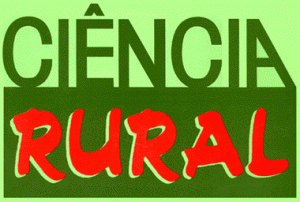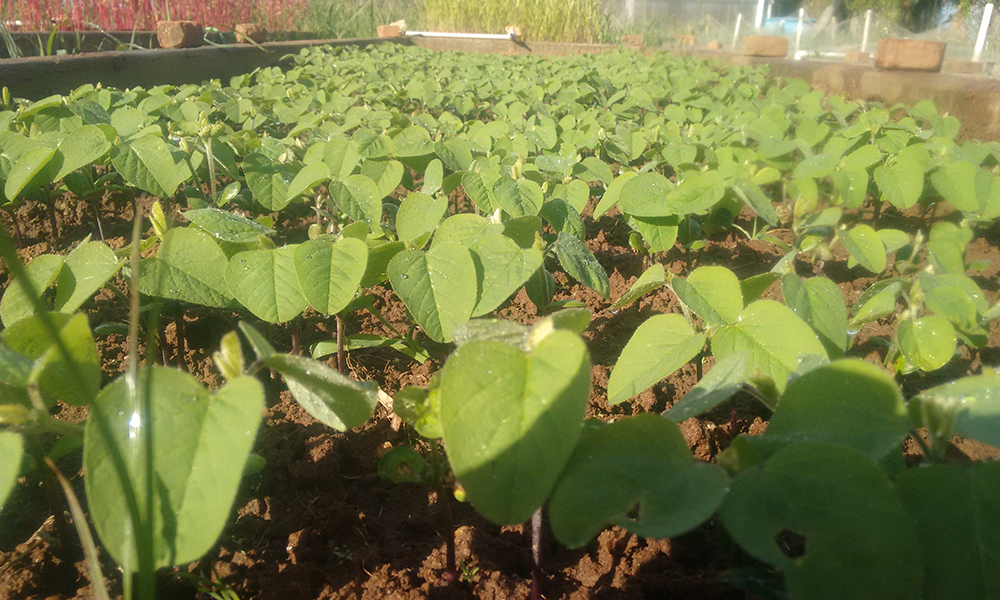By Maria Luiza De Grandi, journalist of Ciência Rural, Santa Maria, Rio Grande do Sul, Brazil and Joseano Graciliano da Silva, Agronomist, Universidade Federal de Pelotas (UFPel), Pelotas, Rio Grande do Sul, Brazil
The soybean has a wide variety of use, whether in the food industry, in the chemical industry, in the production of biodiesel, or with soybean meal, which is used for the composition of animal feed, feeding pigs, poultry and cattle. Several factors influence the quality of soybean seeds, whether biotic and / or abiotic stresses, such as high and dry temperatures, for example. These factors can induce premature plant maturation, and therefore produce greenish-colored seeds, which directly affect the physiological quality of soybean seed lots (ARRUDA et al., 2016; ZORATO et al., 2007). Observing this, researchers from the Federal University of Pelotas (UFPel) and the University of Passo Fundo (UPF) evaluated the influence of the presence of green soybean seeds on their physiological quality in the article “Green soybean seeds: effect on physiological quality” published in Ciência Rural (vol. 50, no. 2).
For the research, six lots of soybean seeds from Cultivar (5958RSF IPRO) with 0, 0, 7, 8, 16 and 18% greenish seeds were used. The researchers carried out tests of first germination count, germination, electrical conductivity, field emergence, accelerated aging, emergence speed index, tetrazolium, length, dry mass and seedling growth curve. After the evaluations, it was found that the greenish seeds have less viability and vigor due to greater deterioration, as the non-degraded chlorophyll reduces the physiological quality of soybean seeds.
Through graphs and tables, the research elucidated that the physiological changes caused still in the field, are reflected from the seedling phase to the adult phase (vegetative and reproductive), causing visual and economic differences in the crop.
For the researcher Joseano Graciliano da Silva, “if the number of greenish seeds in the batch is quantified and it is observed that more than 9% of the batch has greenish seeds, it should be discarded as seeds, that is, it should not be marketed.” The companies in the sector must pay attention to the maximum levels of greenish seeds in the lot, avoiding that they are commercialized, causing losses of productivity for the farmer.
References
ARRUDA, M.H.M., et al. Qualidade fisiológica de lotes de sementes de soja com diferentes percentuais de sementes esverdeadas. Magistra [online]. 2016, vol. 28, no. 2, pp. 194-200, e-ISSN: 2236-4420 [viewed 5 June 2020]. Available from: https://magistraonline.ufrb.edu.br/index.php/magistra/article/view/79/247
ZORATO, M.F., et al. Green soybean seed and effects on its physiological potential. Rev. bras. sementes [online]. 2007, vol. 29, no. 1, pp. 11-19, ISSN: 0101-3122 [viewed 5 June 2020]. DOI: 10.1590/S0101-31222007000100002. Available from: http://ref.scielo.org/tzzq3d
To read the article, access it
TEIXEIRA, S.B., et al. Green soybean seeds: effect on physiological quality. Cienc. Rural [online]. 2020, vol. 50, n. 2, e20180631, ISSN: 0103-8478 [viewed 5 June 2020]. DOI: 10.1590/0103-8478cr20180631. Available from: http://ref.scielo.org/5mg8v2
External links
Ciência Rural – CR: <http://www.scielo.br/cr>
Ciência Rural <http://coral.ufsm.br/ccr/cienciarural/>
Como citar este post [ISO 690/2010]:


















Recent Comments